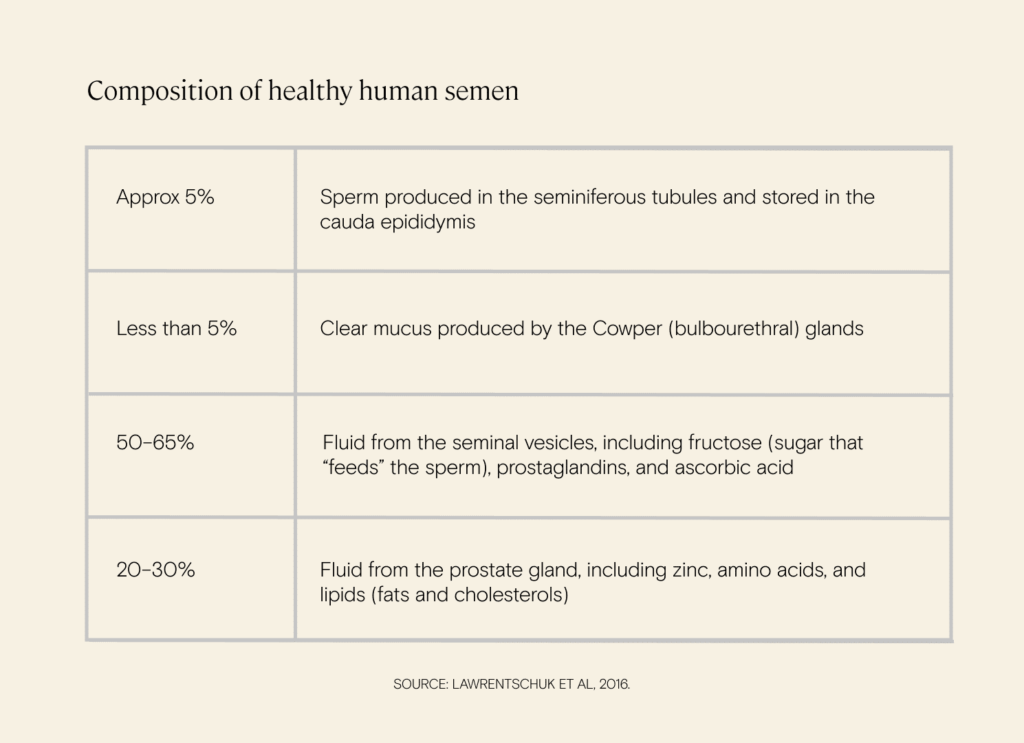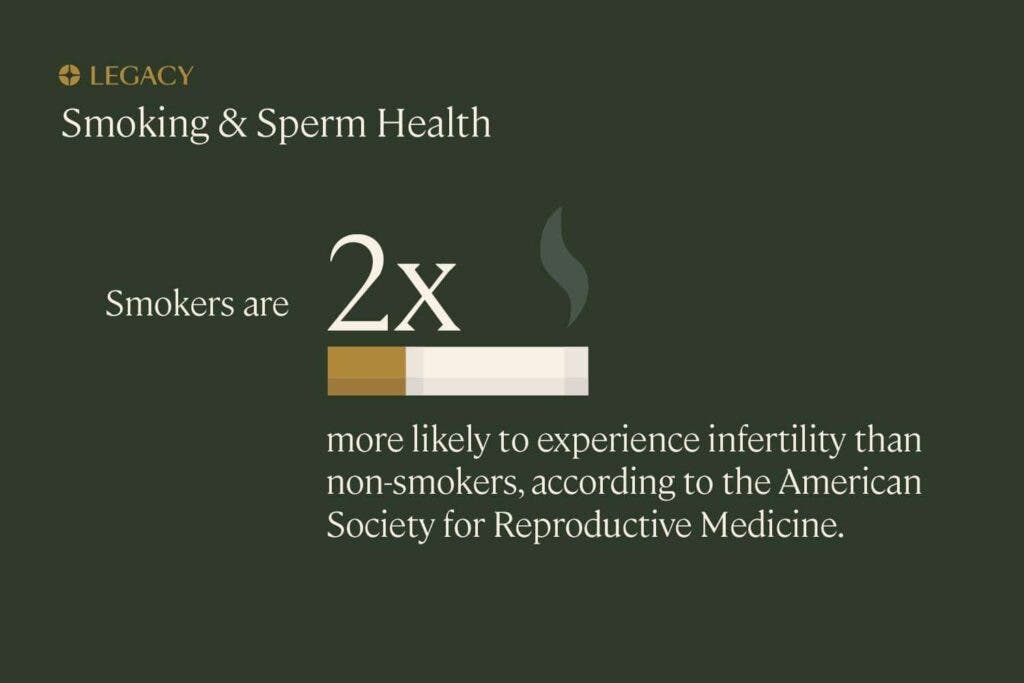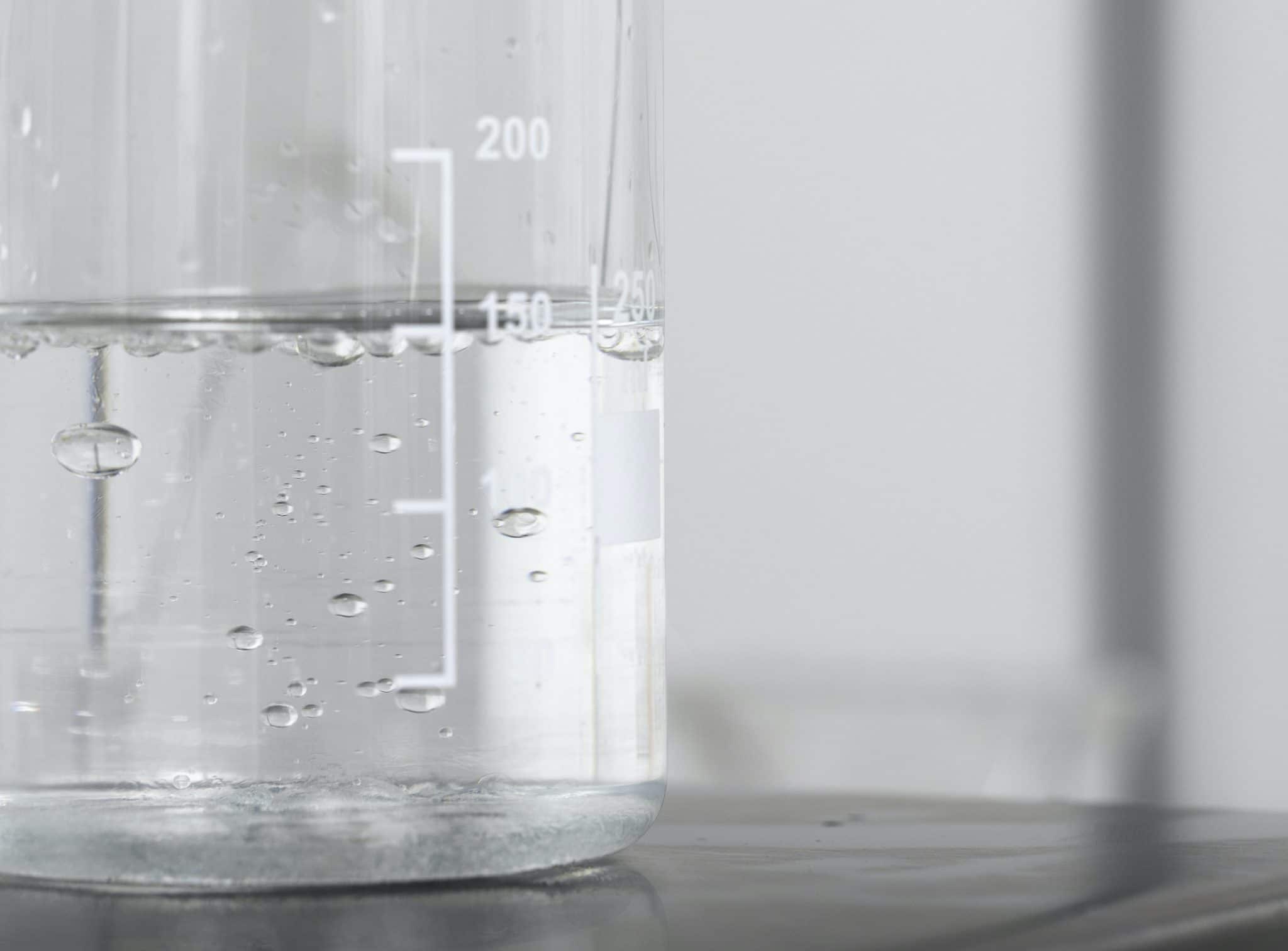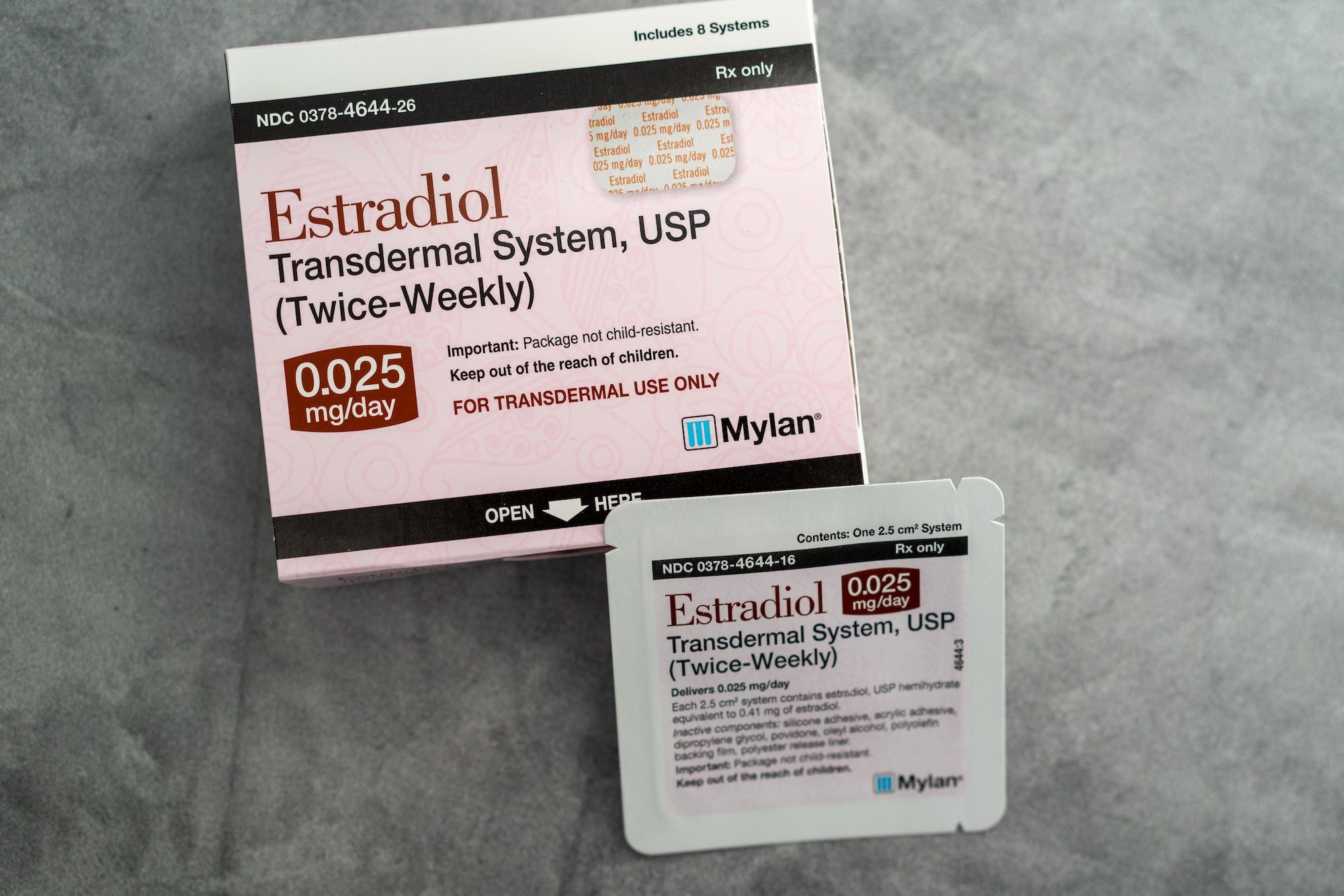Semen, also known as ejaculate or cum, plays a crucial role in fertility. After being ejaculated from the penis during an orgasm, this fluid helps carry sperm to fertilize an egg. Several factors play into this process, but one is ensuring that you’re producing enough semen to do the job. We’ll look into causes of low semen volume and ways to increase it.
Key takeaways
- Low semen volume and sperm count may lead to reduced fertility.
- Medical or psychological conditions can cause reduced semen volume. Treating these conditions may help restore normal levels of semen.
- A variety of lifestyle changes may also help improve your semen volume.
What is low semen volume?
Semen volume refers to the total amount of fluid that’s ejaculated from the penis. Semen volume typically falls between 1.5 and 5 milliliters, or around one-third to one teaspoon, per ejaculation. Semen should contain at least 15 million sperm per mL (known as sperm concentration). Lower semen volumes can lead to low total sperm counts and may be associated with reduced fertility.
You can check your overall semen quality with a semen analysis, which looks at:
- semen volume
- sperm count and concentration
- sperm motility (movement)
- sperm morphology (standard shape)
A semen analysis may also look at the appearance and chemical makeup of semen, such as its color, viscosity, and pH.
For a higher chance of natural pregnancy, you need to ejaculate enough semen that contains and transports a sufficient number of sperm. This is your total sperm count, calculated by multiplying your sperm concentration by your semen volume. Ideally, this is at least 39 million sperm total per ejaculation.
The other important metric is total motile sperm count. This takes into consideration the percentage of sperm that are healthy and moving (typically around 40% or more). A healthy total motile sperm count is at least 20 million per ejaculation.

Semen composition
Sperm, mucus, water, and fluids from several sexual organs and glands make up semen and contribute to semen volume. These components are supplied by the:
- Testicles. The testicles release sperm, which makes up around 5% of semen volume.
- Seminal vesicles. Secretions from the seminal vesicles account for 50 to 65% of the semen volume. They include fructose and ascorbic acid (vitamin C).
- Prostate. The prostate contributes 20 to 30% of semen volume, releasing fluids that contain zinc, fatty acids, and cholesterol.
- Bulbourethral glands. These glands release mucus, which makes up less than 5% of the semen.
The components in semen provide nutrients and energy for sperm, and protect sperm from the acidic nature of the female reproductive system.
What causes low semen volume?
Low semen volume may be caused by a psychological issue or a variety of medical conditions, outlined below It may also be linked to older age. In some cases, the cause may not be found.
Sometimes, a semen analysis may indicate reduced semen volume if the collection container did not capture the entire sample, if there’s any leakage prior to the analysis, or if the sample was collected too soon after a prior ejacluation. Semen samples should be collected following 2–5 days of abstinence (no ejaculation). For a meaningful conclusion, you should perform at least two semen analyses using properly collected samples.
Learn more about the science of sperm from the experts at Legacy.
Psychological conditions
If you have anorgasmia, meaning you find it difficult or impossible to achieve an orgasm, you may also have low semen volume or no ejaculate. Anorgasmia is associated with anxiety, as well as obesity and drug use.
Medical conditions
Several conditions affecting the reproductive system can impact semen volume. These include:
- An obstruction or blockage. If both ejaculatory ducts are blocked, the result is a low volume of semen without sperm. Having one duct blocked or both ducts partially obstructed can also reduce semen volume. This may be caused by a condition at birth, seminal vesicle stones, cysts in the ducts, or scarring resulting from inflammation or surgery. A blockage can be found with an ultrasound.
- Prostate issue. Since the prostate is responsible for making 20–30% of semen, low semen volume may be a symptom of prostate cancer or another prostate issue.
- Dehydration. Water makes up a significant percentage of semen. Being dehydrated may lead to lower semen volume.
- Hypogonadism (low testosterone levels). Insufficient testosterone affects the function of the reproductive organs that produce the fluids for semen. Reduced secretions can cause low semen volume.
- Congenital absence of seminal vesicles. Since seminal vesicles contribute the majority of the fluid in semen, being born without them results in low semen volume. In these cases, the semen is usually acidic (which can harm sperm) and less than 0.5 ml in volume.
- Retrograde ejaculation. With retrograde ejaculation, either some or all of the semen is directed into the bladder instead of out of the urethra during orgasm. This reduces semen volume or eliminates it entirely (called “dry orgasm”). Retrograde ejaculation may be caused by an injury, pelvic or spinal cord surgery, or drugs like alpha blockers that keep muscles in the bladder from contracting. It can be diagnosed by performing a urinalysis after ejaculating to look for sperm.
- Genetic abnormalities. Genetic infertility conditions like Klinefelter syndrome, where there’s an extra X chromosome present at birth, can lead to lower semen volume.
A semen analysis may help identify the cause of low semen volume. For example, a low sperm count can suggest a duct obstruction, while a lack of fructose in the semen may indicate an issue with the seminal vesicles. If the analysis appears normal besides the reduced semen volume, the issue may be partial retrograde ejaculation or improper collection of the semen.
How to increase your semen volume
First, make sure you’re getting accurate results. When collecting your semen for analysis, be sure to capture all your ejaculate in the container. Avoid sex and masturbation for 2–5 days before providing the semen sample. Since semen volume increases in the days following ejaculation, it’s important to follow these guidelines to receive an accurate analysis.
If you have low semen volume, improving it depends on addressing the conditions responsible for the reduced amount of ejaculate. Lifestyle changes may also help increase semen volume in some people.
Treating medical conditions for low semen volume
If low semen volume has a medical cause, it may be treatable. If a doctor finds that anorgasmia is the cause of low semen volume, counseling may help improve it and restore semen volume.
Medications can help treat retrograde ejaculation. Surgery, called transurethral resection, can be used to remove blockages from the ejaculatory ducts.

Lifestyle changes
Heavy alcohol intake is associated with low semen volume, according to research. Drinking a moderate amount of alcohol is unlikely to affect semen parameters, but avoiding frequent alcohol use may improve your semen volume. Stopping smoking may also help, as smoking may reduce semen volume.
Getting sufficient, good quality sleep may also improve semen volume. One study found that participants who had trouble falling asleep had lower semen volume. Still, those with worse sleep quality also tended to have other unhealthy lifestyle habits, and more studies need to be done.
Exercise and body weight may be related to semen volume. One study found that obese men who lost at least 12% of their body weight saw higher semen volume as well as an increase in sperm count and testosterone. The study noted, however, that the improvements may have resulted from following a healthier lifestyle rather than weight loss alone. Similarly, another study indicated that semen volume increased in participants who exercised on a treadmill or did combined treadmill and resistance training for 24 weeks.
Some research has also suggested that taking zinc supplements may increase semen volume and sperm counts, though other studies found no significant difference. More research is needed in this area.
You can monitor your semen volume and overall sperm health with an at-home semen analysis. If medical treatments and lifestyle changes are unsuccessful at improving semen volume, fertility treatments can help.



